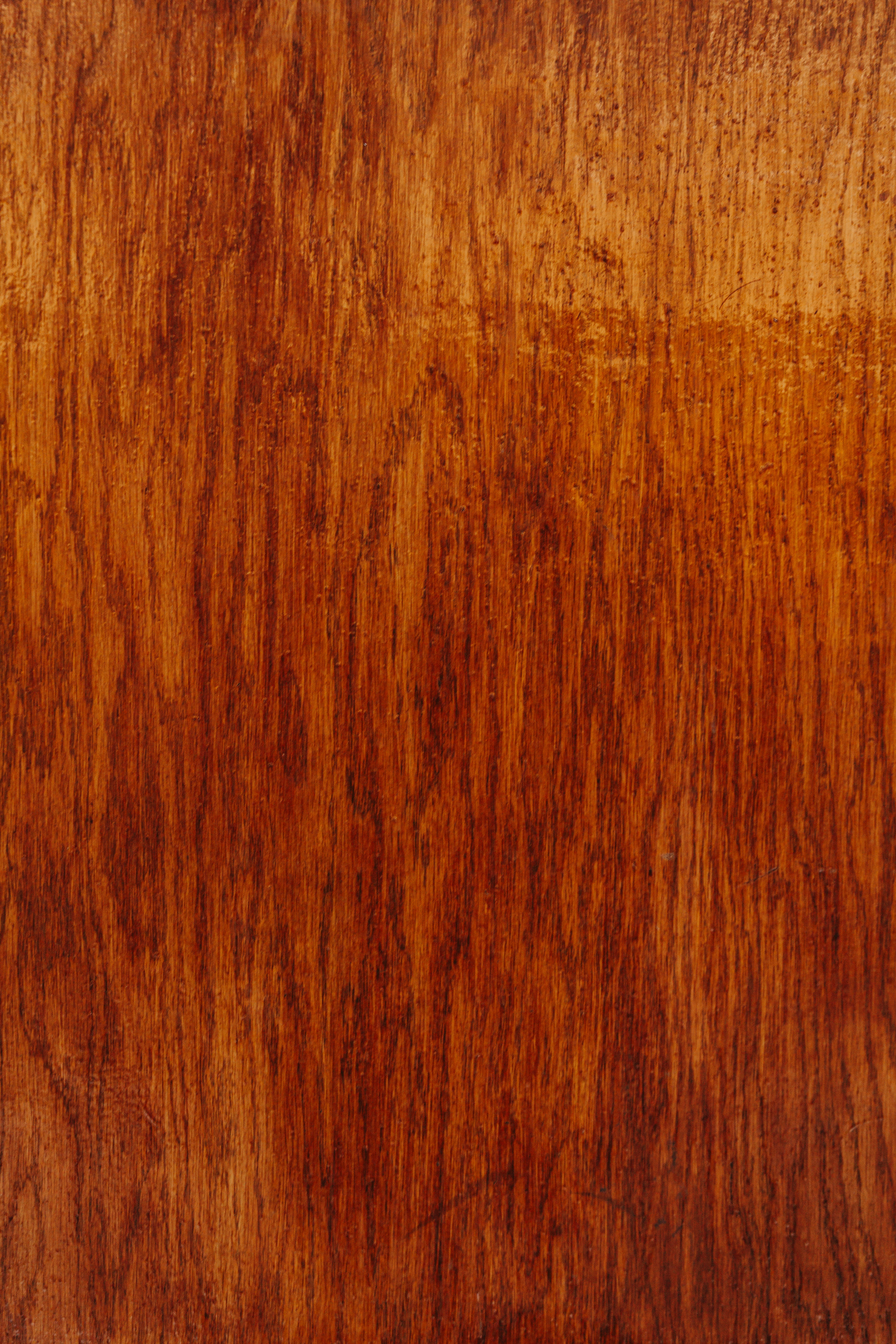Search for topics or resources
Enter your search below and hit enter or click the search icon.

Are you tired of the outdated look of your varnished wood cabinets or trim in your Omaha home? Maybe you've tried to change the look of your space, but that shiny, old varnish just won't go with your new decor. The frustration of not knowing whether you can paint over varnished wood can leave you stuck with an interior you don't love.
Here at Brush & Roll Painting, we've been transforming Omaha homes since 1996. Our team has extensive experience in painting varnished woodwork and cabinets. We've helped thousands of homeowners achieve the look they desire, and we’re here to share our expertise with you.
In this article, you’ll learn everything you need to know about painting over varnished wood. We’ll walk you through the process, step by step, so you can decide whether to tackle this project yourself or call in the professionals. By the end, you'll have the knowledge to make an informed decision and get started on your painting project with confidence.
-Jun-19-2024-05-20-07-9085-PM.png?width=574&height=300&name=Blog%20Post%20Image%20Size%20(5)-Jun-19-2024-05-20-07-9085-PM.png)
Varnished wood is coated with a protective finish that dries to a hard, glossy, and transparent layer. This finish makes the wood more challenging to paint over because paint doesn’t adhere well to the glossy surface. However, with the right preparation, you can successfully paint over varnished wood and give it a fresh, new look.
Before starting your project, gather the following materials:
1. Cleaning the Surface: Start by wiping the varnished wood surface with a household detergent to remove dirt and grease. For tougher stains, use Trisodium Phosphate (TSP). This step is crucial because any remaining dirt can prevent the paint from sticking properly.
2. Filling Cracks with Wood Putty: Inspect the wood for cracks or uneven areas. Fill these with wood putty and use a scraper to level it. Allow it to dry completely. This ensures a smooth surface for painting.
3. Sanding the Surface: Sanding is essential to roughen up the glossy varnish so the primer and paint can adhere better. Use sandpaper to sand the entire surface thoroughly. After sanding, wipe away the dust with a damp cloth.
4. Priming the Surface: Apply a primer to the sanded wood. Primer helps the paint stick and blocks any stains or varnish from bleeding through. It also ensures even coverage and might reduce the number of paint coats needed.
5. Applying Paint: Once the primer is dry, you can start painting. Use a paintbrush or roller, and choose any color you like. If there are areas you don’t want to paint, protect them with painter’s tape or drop cloths. Apply the first coat of paint, let it dry, then apply a second coat for full coverage.
Painting over varnished wood might seem daunting, but with the right preparation and materials, it’s entirely doable. We've guided you through each step to help you achieve a beautiful, smooth finish. Remember, high-quality materials and thorough preparation are key to a successful project.
If you’re unsure about tackling this project yourself, or if you want a professional touch, Brush & Roll Painting is here to help. We've been refinishing wood and painting cabinets in Omaha for over two decades. We're committed to helping homeowners transform their spaces with high-quality painting services.
Next, download your ultimate guide to hiring a painter. Any painting project is an investment into your home, so you want to make sure it is done right and meets your expectations. Click the button below to download your guide to be sure you hire the best painter for your painting project.
Bill is the owner and operator of Brush & Roll Painting. Bill Carlson is a second-generation painter. He grew up working with his father’s painting and restoration company. After graduating from Bennington High School, he served in the US Navy, traveling with the boxing team. While this was a great opportunity to see the world, it also made him realize how much he loved his little world here in Nebraska. He settled back into the painting industry, working with his brother. It wasn’t long before Bill’s entrepreneurial spirit pushed him to start his own business. Always one for a challenge, he longed to prove to himself that he could be as successful on his own as both his dad and brother were.
Topics: